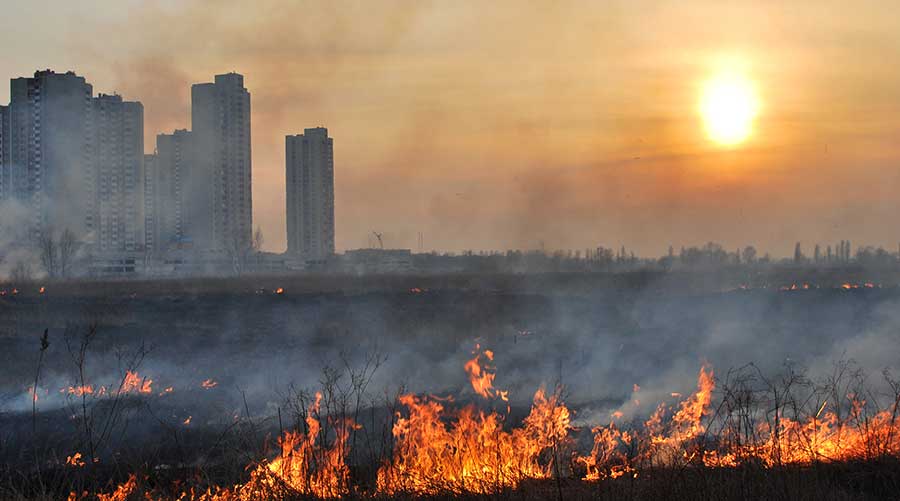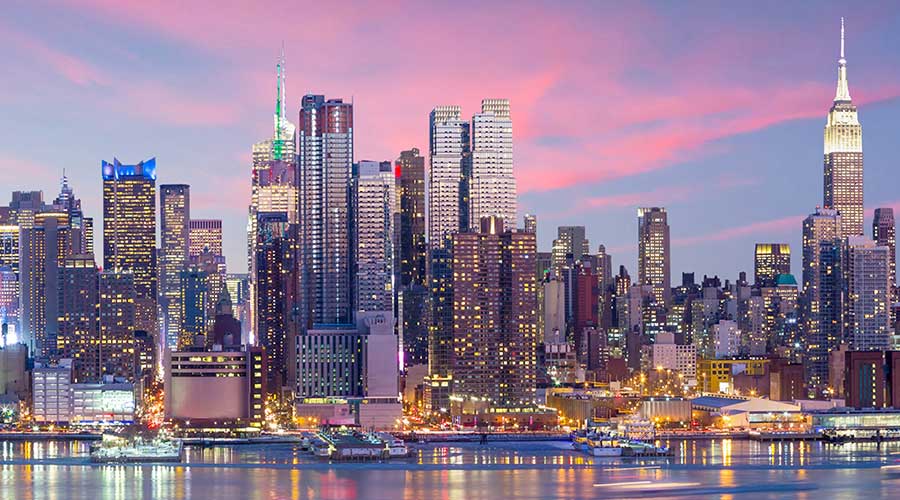
-
2024 Vision Award Winners »
-
More K-12 Schools Leaning on Solar Energy »
-
New Summit ‘Elevates’ Facility Executives »
-
Mowing Masters at Kohler Golf Courses »
Soccer fans are anxiously waiting for the 2026 FIFA World Cup as it returns to the North and Central America for the first time in over 30 years. While excitement continues to build for these events, some of the stadiums where the games will be played are at significant risk of climate threats.
According to data from ClimateX, several sport stadiums are at risk of significant financial losses reaching $800 million by 2050 due to escalating climate threats.
Of the 37 stadiums in the United States, nearly 40 percent of total projected losses are concentrated in just three venues. Surface flooding and extreme heat are among the largest threats for these facilities. According to the data, some venues face combined annual losses equivalent to nearly 2 percent of their current replacement value. Stadiums near coastal or high-heat areas face significantly higher risks.
Florida’s Inter&Co Stadium and Camping World Stadium are ranked the highest for hazard exposure. Meanwhile, Lincoln Financial Field in Pennsylvania and TQL Stadium in Ohio are also considered to be high-risk.
Climate change continues to be a global threat. Stadiums serve as a large economic resource for communities. If extreme weather events were to damage the facilities, they would create costly repairs and disruptions to events. Earlier this year, Tropicana Field’s roof was damaged during Hurricane Milton. Days before the hurricane struck land, reports claimed that officials were worried that the roof would not hold up against the winds. The roof was made of Teflon fabric and had an expected service life of 25 years, with the roof surpassing that estimate as it was installed in 1990. Tropicana Field is home to the MLB’s Tampa Bay Rays.
Mackenna Moralez is the associate editor of the facilities market.
Concrete anchors played a major role in strengthening the Port of Quebec.
The California university’s campus and facilities are designed to withstand wildfires.
92 percent of large buildings are estimated to comply with the 2024 carbon limits set by Local Law 97
The most read articles of the year discuss a range of topics impacting the industry.





